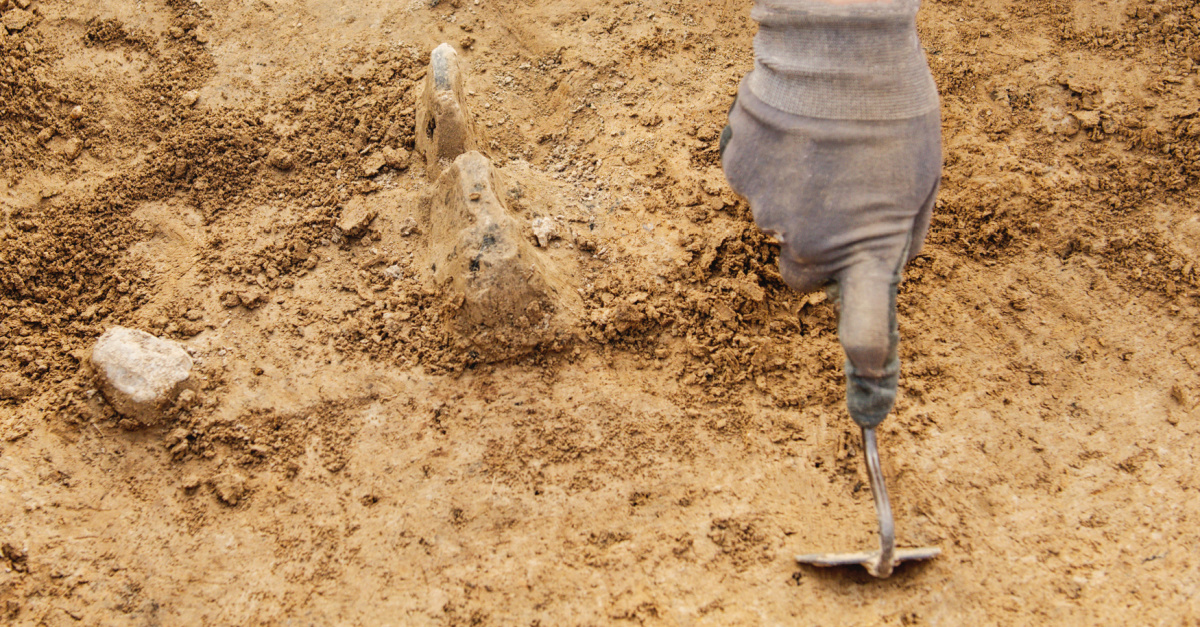
Israeli middle school students on an archaeological tour near Tel Aviv recently came across a 3,000-Year-Old Canaanite scarab designed as a dung beetle.
“We were wandering around, when I saw something that looked like a small toy on the ground. An inner voice said to me: ‘Pick it up and turn it over.’ I was astonished: it was a scarab with a clearly incised scene, the dream of every amateur archaeologist,” Gilad Stern of the Israel Antiquity Educational Center, who served as the students’ guide, recalled. “The pupils were really excited!”
According to CBN News, the scarab, which resembles a dung beetle, dates back to the Late Bronze Age, which was close to or after the period when Moses led the Israelites out of Egypt. At the time, the Egyptians ruled Canaan and were believed to hold the dung beetle in high regard due to the insect’s ability to roll a ball of dung twice its size to secure its offspring inside. For the Egyptians, the action represented the creation and regeneration of the Creator God.
“The scarab was used as a seal and was a symbol of power and status. It may have been placed on a necklace or a ring,” Bronze Age expert for the Israel Antiquities Authority (IAA) Dr. Amir Golani explained. “It may have dropped from the hands of an important figure of authority who passed through the area, or it may have been deliberately buried in the ground along with other objects, and after thousands of years, it came to the surface.”
The flat portion of the scarab includes a figure with outstretched arms standing over another figure who is seated. Scholars believe that the standing figure is a Pharaoh and the seated figure is a Canaanite.
“This scene basically reflects the geopolitical reality that prevailed in the land of Canaan during the Late Bronze Age (1500-1000 BCE), when the local Canaanite rulers lived (and sometimes rebelled) under Egyptian political and cultural hegemony,” Dr. Golani noted. “Therefore, it is very possible that this seal is indeed from the Late Bronze Age when the local Canaanites were ruled by the Egyptian Empire.”
Israeli Antiquities Authority Director Eli Escusido says that the students encountering the ancient artifact is significant and “symbolic, in that the pupils were gaining an archaeological knowledge, and at the same time contributing to our archaeological heritage. This cooperation is truly moving, as we are working towards connecting communities with their cultural heritage.”
Photo courtesy: ©Getty Images/NERYX, this is a stock image.
Milton Quintanilla is a freelance writer. He is also the co-hosts of the For Your Soul podcast, which seeks to equip the church with biblical truth and sound doctrine. Visit his blog Blessed Are The Forgiven.

